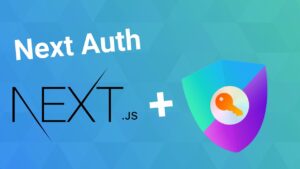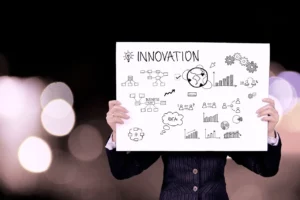As an Engineering Manager and CEO, Adam Scroggin was in search for a better user experience with Kanban boards and Team Foundation Server (TFS) (the predecessor of Azure DevOps). The methods his teams were using were complicated by lack of visual information in TFS and post-it notes all over a whiteboard. Minute details were difficult to follow in readouts more similar to Excel spreadsheets than clean the simple interface of physical Kanban boards. However, Adam and his teams were starting to feel “process” pain and didn’t want to duplicate work in two different systems: one being a physical Kanban board with post-it notes and the other being TFS.
Adam found himself with an Idea to make the functionality of Team Foundation Server co-exist with the visual and informative layout of a physical Kanban board. It began with late nights and testing with his teams while working at SEP, but the goals that led to the first iteration of Teamworks for TFS are the same ones that drive Adam’s dedication to improving and sharing the product worldwide to build business relationships and give back to the software development community. By doing so, Adam and team were generate business with Indianapolis thought leaders like Chris Daily. Michael Mumau (SEP VP of Business Development) accompanied Adam Scroggin to Fidelity National Financial to train the entire team on using Kanban to improve the software development process which lead to high quality software with less effort!
In the following interview, Laurie Gavrin (MIT Mechanical Engineer) interviews Adam as he describes how TeamWorks came to fruition, why it’s important to organizing work no matter what one’s business is. Prior to Microsoft building Azure DevOps, TeamWorks for TFS had over 50,000 users worldwide.
Laurie Gavrin: How was TeamWorks conceived?
Adam Scroggin: Our teams around the company were duplicating data in analog Kanban boards and digital tools (e.g. Azure DevOps and Jira). The digital tools did not have a visual component; they just represented work in a table like Excel. I wanted to migrate the visual benefits of whiteboards with post-it notes into the digital world. With the advent of COVID-19, it was imperative that teams be able to have a Kanban board that was digital since everyone had to work remote.
Laurie: So you wanted to take the power of physical boards…
Adam: … and get rid of duplication, yes. This way the board and the digital tracking would always be in sync. Duplicated data sucks. You can never keep the two in sync and ‘what is the truth’ becomes ambivalent.
Laurie: So how did you come up with the idea of TeamWorks?
Adam: Many of the projects I run are in the life sciences, medical device and healthcare domains. They are big projects with lots of moving pieces; with each Developer and UX Designer having a lot of ground to cover and learn. We were struggling with who knowing who was working on what, what was the next highest priority thing to work on and who needed help. I was leaving working one Friday afternoon and the problems we were having bothered me on my drive back home. So, after dinner, I grabbed a Jolt Cola, fired up Visual Studio Code and started to build a new app. By 3AM the next day, I had something. I could connect to TFS, get the work items for the entire project and display them in columns depending on which state they were in (e.g. To Do, Doing, In Code Review, In QA Testing and Done). When you get in the zone as a Software Engineer it is amazing what you can make in a short amount of time. It was just like a hackathon!
Laurie: So you saw that TeamWorks was good?
Adam: Yes, I continued to work on it on and off for about a month. I finally felt comfortable that I had something and I gave a few of my leads (Jon Fuller, Leon Organ, Jason Hyden and Laurie Gavrin) a quick demo and asked them what they thought. I was a bit surprised, they all thought it was awesome and asked if they could start using it immediately.
Laurie: What were the benefits?
Adam: First, TeamWorks removed the duplication of two different systems and, second, the visual nature helps teams that aren’t co-located. The app is fast and allows you multiple views of our project. That can be difficult to do with a whiteboard. Also, it’s generic – customizable to your needs – you can use it for Kanban, Scrum or even waterfall: it is process agnostic.
Laurie: Why did you write code when you were already busy being a good CEO and leading several of Fortune 100 projects? How in the heck did you find the time?
Adam: Honestly, I don’t know 🤣. I just love solving problems, helping people out and giving back to the community. There are so many leaders at tech company who don’t give their teams what they need to be successful and fulfilled at work. I want to be a servant leader; other leaders I work with have used manipulation, blaming and even have taken credit for their employees good work. I could never do that. The other thing that I thought was cool was that Leon Organ got inspired to build his own product to make sure each line of code in an app was tested. It was so cool and required a ton of parallel processing from several computers. I was proud of what Leon did!
Laurie: Adam, thank you for your time and good luck 🍀!
Adam: No problem, it was my pleasure 🙂


